Why Iran is Not an Arab Country - Learn the Difference!
Iran is frequently misconstrued as an Arab country, a misperception we aim to dispel. While it shares some similarities with its Arab neighbors, Iran stands as a distinct entity.
In this article, we'll explore why Iran is not an Arab country through its geography, culture, religion, history, language, and tradition, shedding light on its unique identity.
Why is Iran Often Mistaken for an Arab Country?
Misunderstandings between Iran and Arab countries often stem from the misunderstood similarities. The use of the Arabic script in Iran and the shared Islamic heritage can lead to misconceptions about language and culture, perpetuating the assumption that Iran is an Arab country.
Media often oversimplifies complex regional conflicts, which can perpetuate misunderstandings. For example, conflicts involving Iran are sometimes portrayed as part of a larger "Middle East conflict," without pointing to the specific nuances of each situation.
Media coverage can sometimes oversimplify complex issues, and this can reinforce misunderstandings. Conflicts, political developments, and international relations involving Iran and Arab countries are often condensed into brief, sometimes biased, narratives.
To clear up these misconceptions, it's important to learn about the differences between Iran and Arab countries in the Middle East. In the next section, we'll explain why Iran is not an Arab country.
The Difference Between Iran and Arab Countries
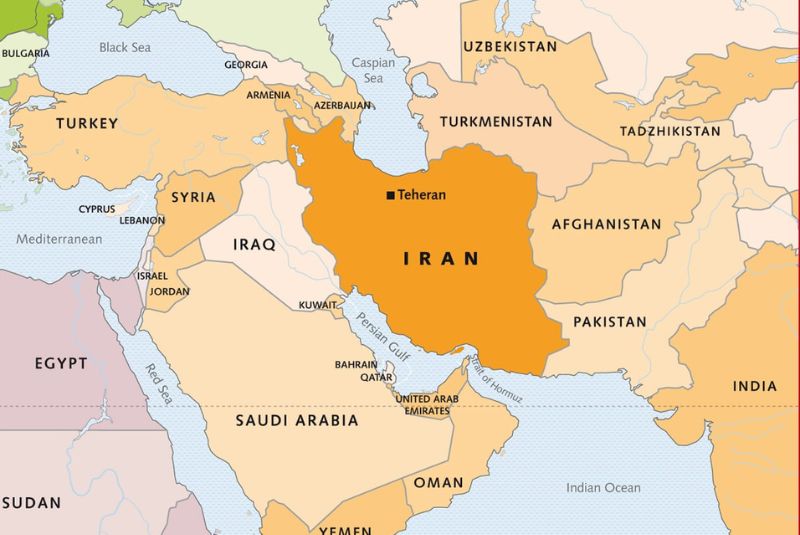
To clear up the misconceptions, it's important to completely understand why Iran is not an Arab country. Here are main differences between Iran and Arab countries:
Geographical Location
Iran's place on the map is unique. It's in southwestern Asia and shares borders with the Caspian Sea to the north and the Persian Gulf to the south. Its historical boundaries have shifted over time, contributing to its distinct identity that's different from its Arab neighbors.
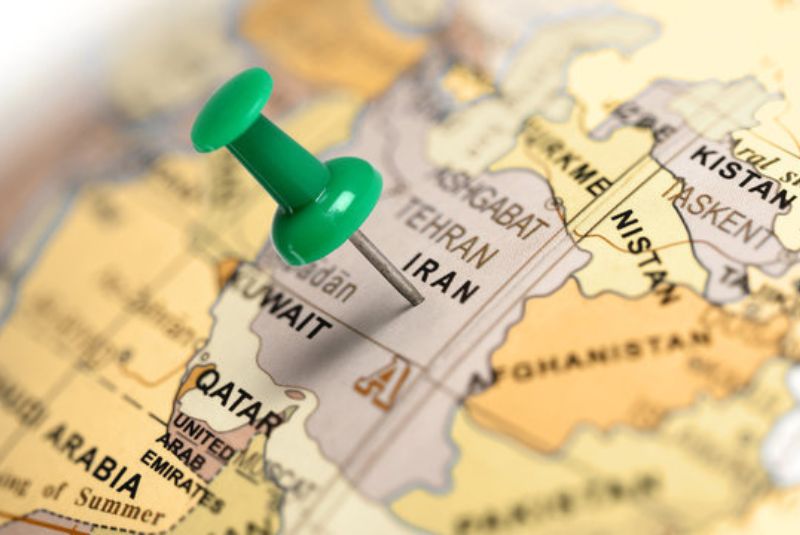
Unlike the predominantly arid landscapes of many Arab nations, Iran boasts a stunning variety of geography. It includes deserts, lofty mountain ranges like the Alborz and Zagros, lush forests, and fertile plains. This diverse landscape is a key factor that makes Iran's geography stand out.
Iran's climate is a colorful mix, ranging from arid deserts to more temperate regions. The climate zones vary widely, creating a wide range of ecosystems and allowing for different agricultural practices. This is a stark contrast to the predominantly arid climates found in many Arab countries.
Culture and Tradition
Iran and Arab countries have distinct cultures and traditions despite sharing some common elements due to their geographical proximity in the Middle East. Here are some key differences:
Ethnic Diversity:
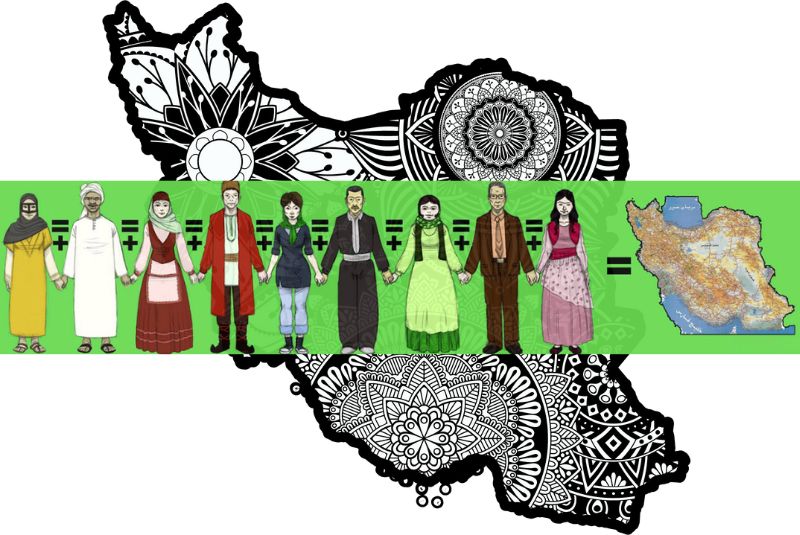
Iran is home to a significant degree of ethnic diversity. The majority of the population consists of Persians, but there are also substantial minority groups, including Azeris, Kurds, Baluchis, and Lurs, among others. Each ethnic group in Iran has its own unique culture, language, and traditions.
Arab countries also exhibit a degree of ethnic diversity, but this diversity is primarily within the Arab identity. Arab countries are home to various Arab ethnic groups, such as the Levantine Arabs, North African Arabs, and Arabian Peninsula Arabs. The shared Arabic language and Islamic religion often serve as unifying factors among Arab populations.
Nomadic and Tribal Communities:
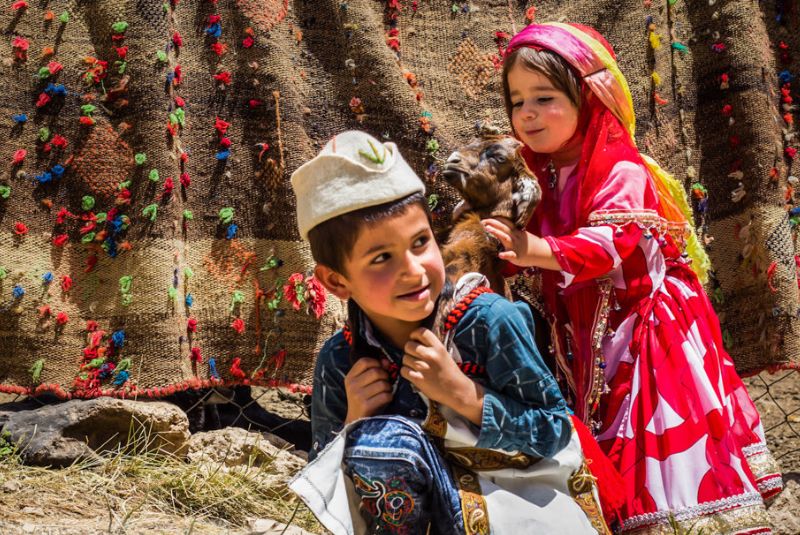
Iran has a long history of nomadic and semi-nomadic tribes, such as the Qashqai, Bakhtiari, and Shahsevan. These communities traditionally engaged in activities like herding and seasonal migrations. They have distinct lifestyles, including traditional clothing, crafts, and practices related to their nomadic way of life. They often live in tents and yurts.
In some Arab countries, particularly in the Arabian Peninsula and North Africa, nomadic and Bedouin traditions have historically played a significant role.
These communities have a long history of herding, desert navigation, and trading. Traditional Bedouin tents (black tents).
| Would you like to try a day or two of nomadic life? Discover Eavar Nomad Tours and meet varied ethnic groups of nomads with their specific lifestyles, dialects, and costumes
Art:

Iran has a rich tradition of miniature painting. This art form involves intricate, highly detailed illustrations typically found in manuscripts. These paintings often depict themes from Persian poetry and literature.
Persian calligraphy is highly esteemed and considered an art form. The script used is known as "Nasta'liq," characterized by its elegant and flowing style.
Persian architecture is renowned for its use of decorative tiles, intricate mosaics, and geometric patterns. This is evident in landmarks like the mosques, palaces, and gardens in cities like Isfahan.
Arab countries have a strong tradition of Islamic calligraphy, with scripts like "Naskh" and "Diwani" being used for religious texts and artistic purposes.
Arabesque is a prominent design style featuring intricate floral and geometric patterns. It is often used in architectural decoration and can be seen in elements like stucco work and wooden screens (mashrabiya).
| Read more: Persian Art
Literature:
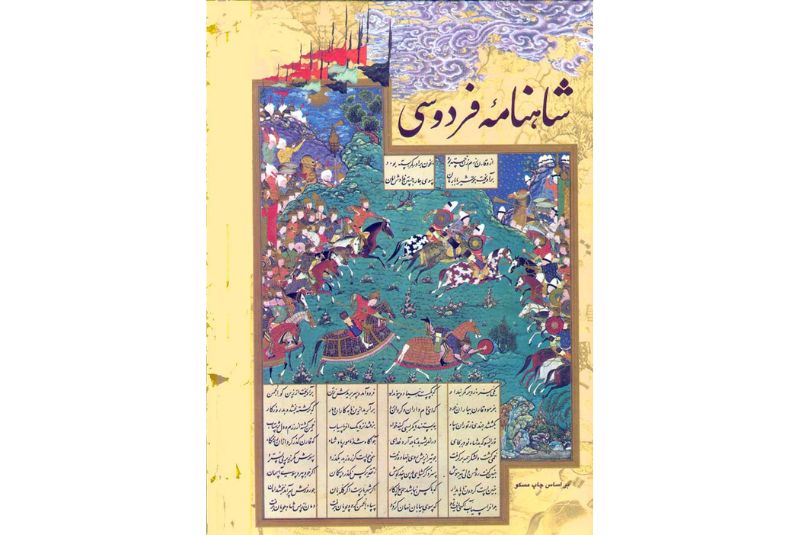
Persian literature is famous for its classical poetry, particularly works by poets like Rumi, Hafez, and Ferdowsi. These poets are known for their Sufi themes, love poetry, and epic narratives.
Iran has a growing tradition of modern Persian literature and novels, with authors like Sadegh Hedayat and Mahmoud Dowlatabadi making significant contributions.
Arabic literature has a rich tradition of classical poetry, including pre-Islamic poetry, known as Jahiliyya poetry, and the works of poets like Al-Mutanabbi and Al-Ma'arri. Poetry is highly regarded and has diverse themes.
The Quran, the holy book of Islam, is a central literary work in Arab culture. Islamic literature and Hadith (sayings and actions of the Prophet Muhammad) are also crucial in the region.
Music:
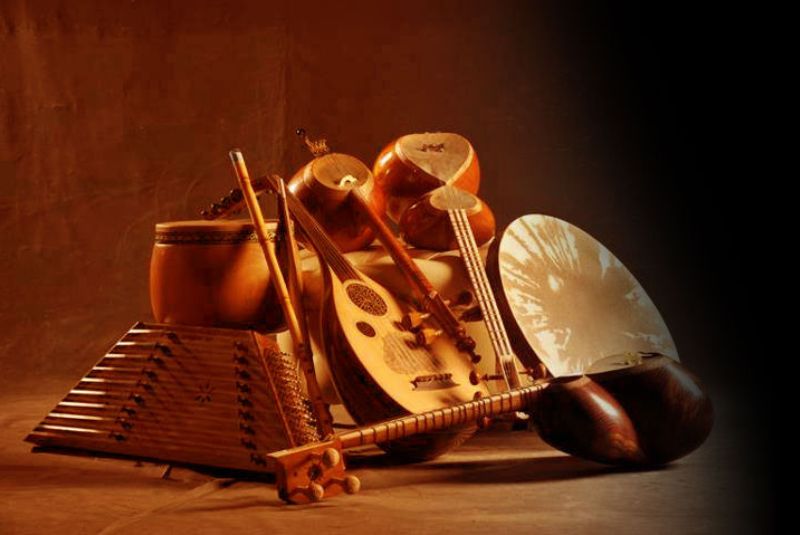
Persian classical music features instruments like the tar, setar, santur, Kamancheh, and the use of various modes (dastgahs). It is characterized by intricate melodies and improvisation.
Iran has a strong tradition of Sufi music, which often incorporates mystical poetry and the use of instruments like the daf (a frame drum).
Arab music is known for its use of maqamat (musical modes) and instruments like the oud (a lute-like instrument), qanun (zither), and various percussion instruments. It is deeply rooted in classical Arabic music.
Different Arab countries have their own traditional music styles, such as Andalusian music in North Africa and the Levant.
Cuisine:

Persian cuisine is known for its diverse flavors and use of ingredients like rice, saffron, and various herbs. Dishes like kebabs, stews, and rice pilaf are common.
Arab cuisine varies across the region, but it often features dishes like falafel, shawarma, hummus, and flatbreads. Dates, olives, and spices are commonly used in Arab cooking.
Dress and Attire:

Traditional Iranian clothing includes items like chadors, turbans, and long robes. However, modern clothing in Iran varies widely, and many people wear Western-style attire.
Traditional Arab clothing often includes garments like the thawb (a long robe for men) and the abaya (a long cloak for women). These traditional items are still widely worn, especially in more conservative regions.
Cultural Festivals:

While there may be some shared Islamic holidays, each region has its own cultural and religious festivals.
Nowruz, the Persian New Year, is one of the most important cultural festivals in Iran. It marks the arrival of spring and includes customs like Haft-Seen, a table setting with symbolic items.
Eid al-Fitr and Eid al-Adha are two significant Islamic festivals celebrated throughout Arab countries, marking the end of Ramadan and the Hajj pilgrimage, respectively.
Religion
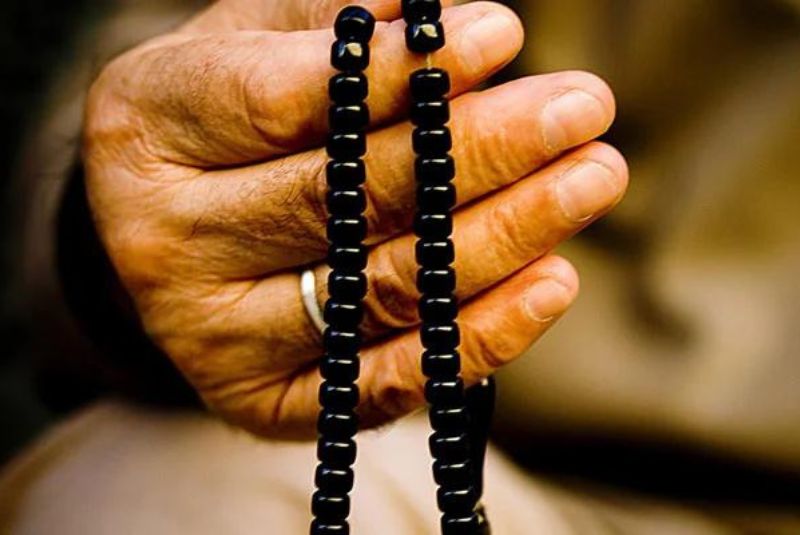
While both Iran and Arab countries are predominantly Muslim, there are significant differences in religious practices, traditions, and sects within Islam that set them apart.
The majority of Iranians are followers of Shia Islam, specifically Twelver Shia. Twelver Shia is the largest Shia sect and involves a belief in twelve divinely appointed Imams, with the twelfth Imam being in occultation and expected to return as the Mahdi.
The majority of Arab countries are predominantly Sunni Muslim. While there are variations within Sunni Islam, the common thread is the acceptance of the first four Caliphs as rightful leaders after the Prophet Muhammad.
| Learn more: Religion in Iran
History
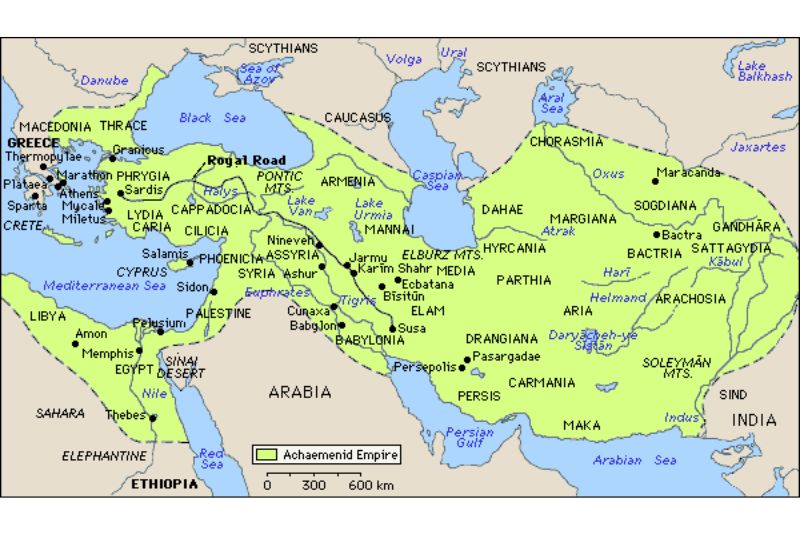
The Persian Empire, specifically the Achaemenid Empire was the first empire in the world's history to achieve significant territorial expansion and centralized rule. The Achaemenid Empire is estimated to have dated back to the 6th century BCE when it was founded by Cyrus the Great, and it continued to flourish through the reigns of rulers like Darius the Great. The empire's realm included a vast territory, stretching from Anatolia (modern-day Turkey) to the Indus River in South Asia, making it one of the world's largest empires in antiquity.
Arab history, on the other hand, dates back to the early 7th century CE with the advent of Islam. It began with the life of the Prophet Muhammad and the expansion of the Islamic community (Ummah) across the Arabian Peninsula and beyond. The Islamic expansion and subsequent conquests, known as the Islamic Caliphates, led to the emergence of Arab civilization in the following centuries, with the Rashidun, Umayyad, and Abbasid Caliphates playing key roles in shaping Arab history.
| Suggestion: Shahr-e Sukhte | The Beginning of Civilization in Iran (3200 BC)
Language and Linguistics
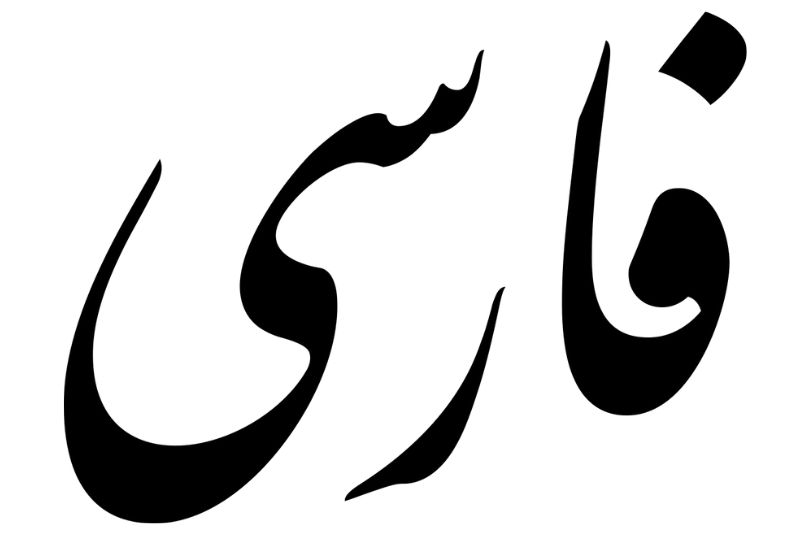
The dominant language in Iran is Persian, while Arab countries predominantly speak various dialects of the Arabic language. Here's an overview of the Persian language and the linguistic differences that set it apart from Arabic:
- Historical Roots: Persian, also known as Farsi, is an Indo-European language with a rich historical and literary tradition. Its history dates back over two millennia. It was originally spoken in the region that is now modern-day Iran and has evolved over time.
- Alphabet: Arabic script consists of 28 letters, and many of these letters can have different forms depending on their position within a word. Arabic script is known for its cursive and connected writing style. In the Persian script, an adapted form of the Arabic script, there are four additional letters that are not present in the Arabic script. These additional Persian letters are:
ژ - Zhe (Zh)
گ - Gaf (G)
پ - Pe (P)
چ - Che (Ch)
These four letters are unique to the Persian script and are not found in the standard Arabic script. Both Persian and Arabic script are written from right to left.
- Vocabulary: Persian has a distinct vocabulary that has been influenced by its historical interactions with other cultures. Persian has borrowed words from languages such as Arabic, Turkish, and French, but it has retained its unique linguistic identity.
- Grammar: Persian has a different grammatical structure compared to Arabic. It is an inflected language with a Subject-Object-Verb (SOV) word order. Arabic generally uses a Verb-Subject-Object (VSO) word order. Persian does not have definite or indefinite articles like "the" or "a" in English or "ال" in Arabic. The use of plurals and verb conjugations is more complex in Arabic.
Final Takeaway
Why Iran is not an Arab country? It's a question often asked, and the answer lies in its unique culture and heritage. Iran is a one-of-a-kind destination, and it's time to experience its rich culture and people up close. With a history as deep as its hospitality is warm, Iran stands out from its neighbors in the Middle East. Whether it's the enchanting Persian art, literature, or delicious cuisine, there's so much to discover.
Explore ancient landmarks, chat with friendly locals, and foster mutual understanding and appreciation. So why wait? Plan a trip to Iran and and make memories that will last a lifetime.
Share your story!
Comment below and let us know about your Experience.
Your story inspires others!


Comment
Leave a Comment